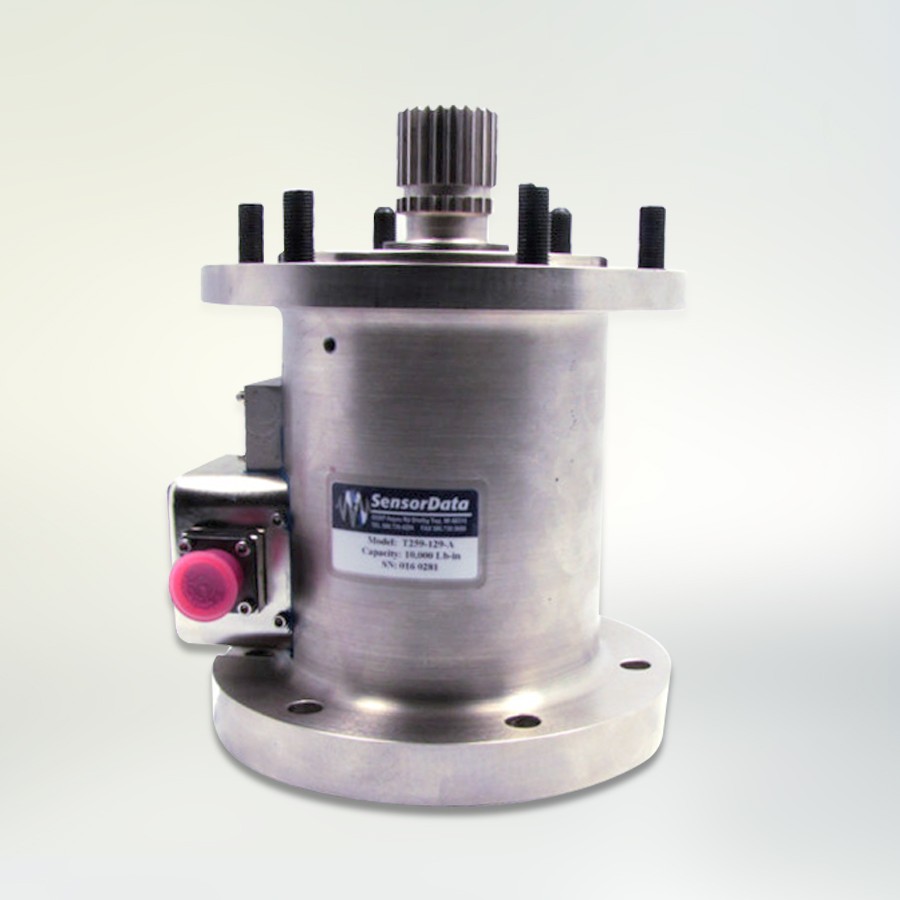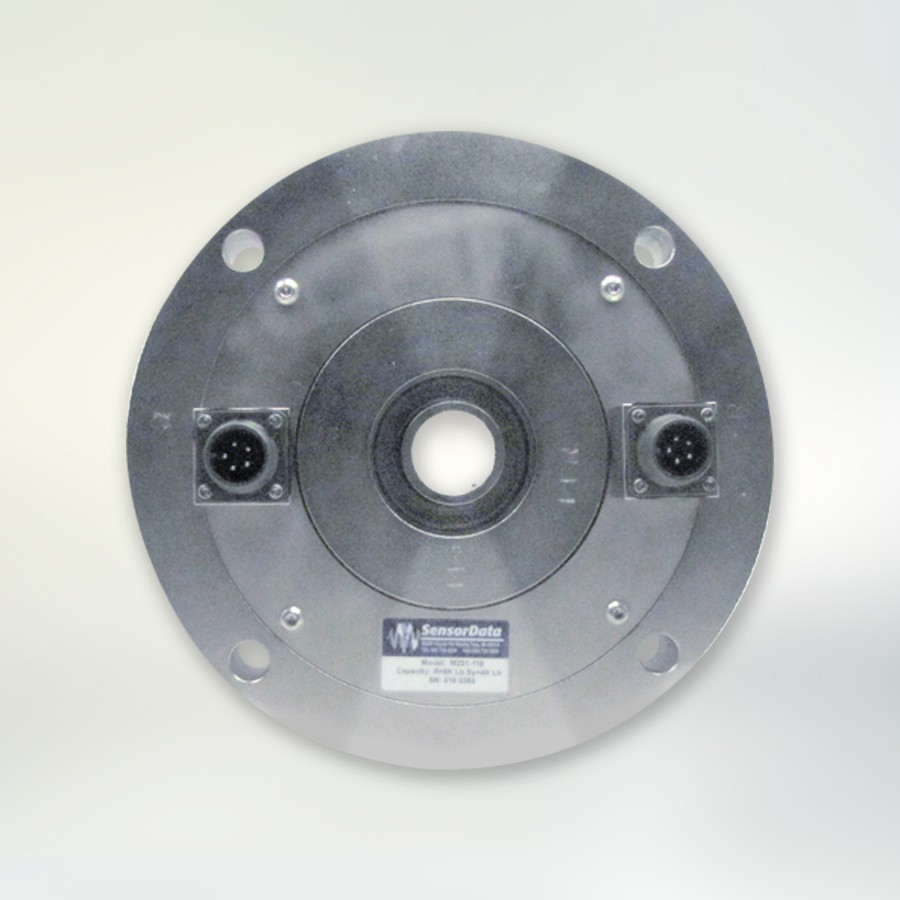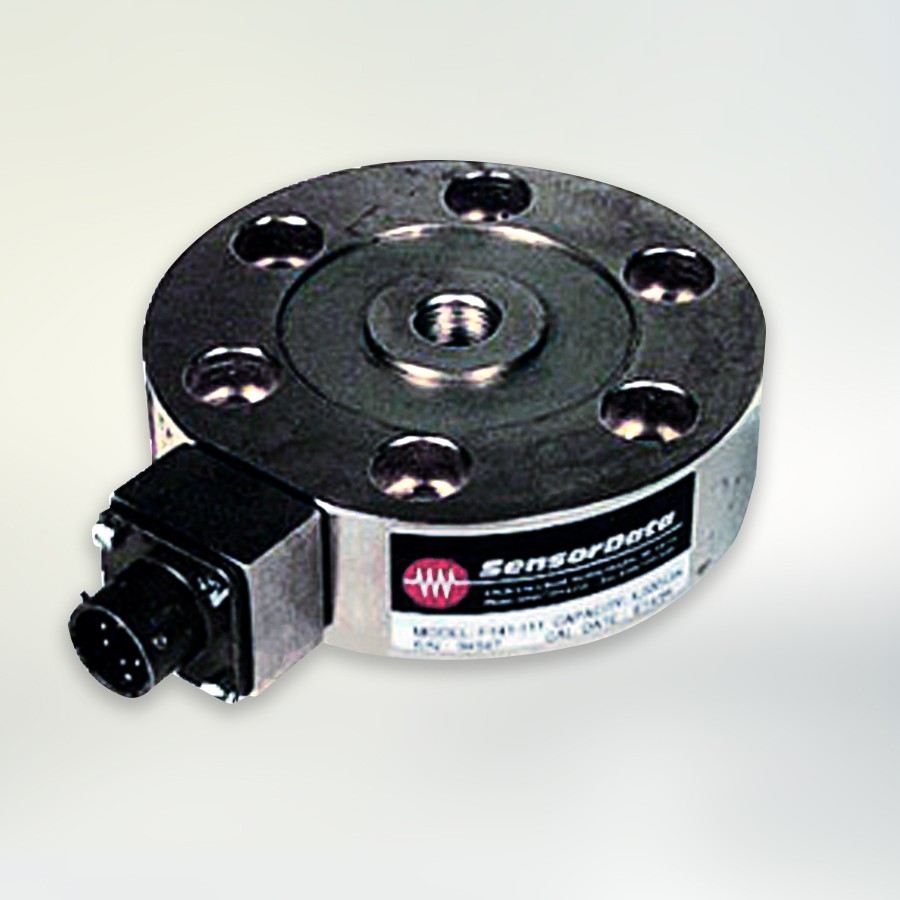
MINIMUM NUMBER OF SAMPLES:
Nyquist-Shannon Theorem in play
A continuous-time (or analogue) signal can be stored in a digital computer, in the form of equidistant discrete points or samples. The higher the sampling rate (or sampling frequency, fs), the more accurate would be the stored information and the signal reconstruction from its samples. However, high sampling rate produces a large volume of data to be stored and makes necessary the use of a very fast analogue-to-digital converter.
It is obvious that a much higher sampling rate is needed for sampling a signal which is rich in high frequency components, such as the sound of music, compared to the sampling frequency needed for sampling a slowly varying signal.
MINIMUM NUMBER OF SAMPLES:
Nyquist-Shannon Theorem in play
Therefore, the following question arises: Which is the minimum necessary sampling frequency for a given type of signal that will not distort the underlying information and/or allow its accurate reconstruction? The answer is given by the Nyquist-Shannon sampling theorem:
The minimum sampling frequency of a signal that it will not distort its underlying information, should be double the frequency of its highest frequency component.
i.e fn > = 2 fs
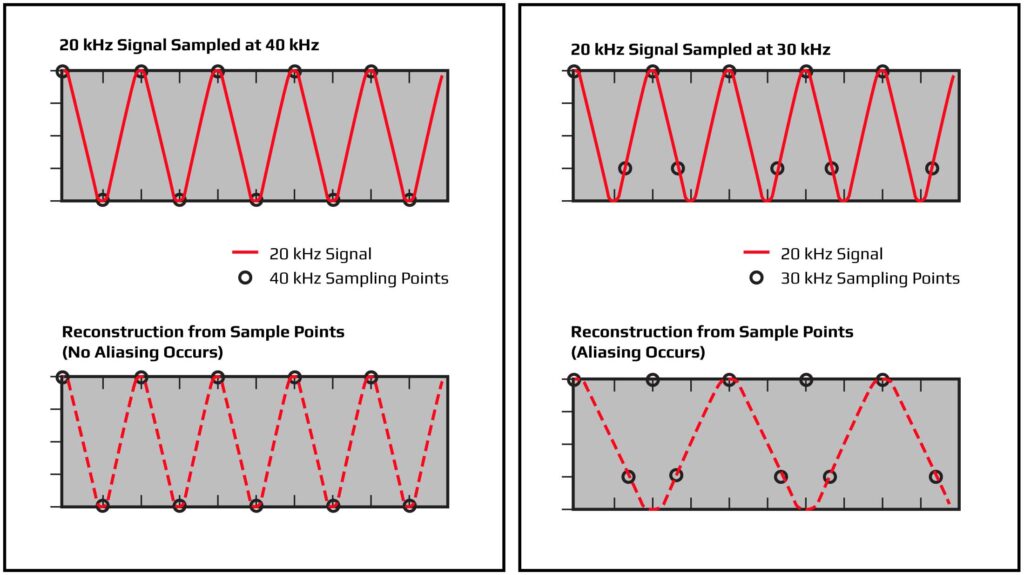
For the 20kHz signal below, Nyquist frequency fn would then be 40 kHz. The figure shows the reconstruction of the signal when sampled at 40 kHz, and at 30 kHz. Obviously, the reconstruction from the 30 kHz sampling yielded a completely different signal.
This is the second of the eye-openers that would seriously affect the choice of sensors and data processing peripherals (such as ADC's) associated with it.
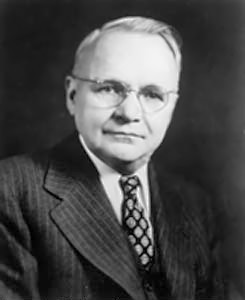
Harry Nyquist: 1889-1976
Harry Nyquist’s early theoretical work on determining the bandwidth requirements for transmitting information laid the foundations that led to the development of information theory. Nyquist determined that the number of independent pulses that could be put through a telegraph channel per unit time is limited to twice the bandwith of the channel. This rule is now known as the Nyquist–Shannon sampling theorem.
Need a Quote?
We love helping our clients excel. We are happy to discuss your sensor requirements and provide ideas on how you can become more competitive, productive and profitable with SDT products.


